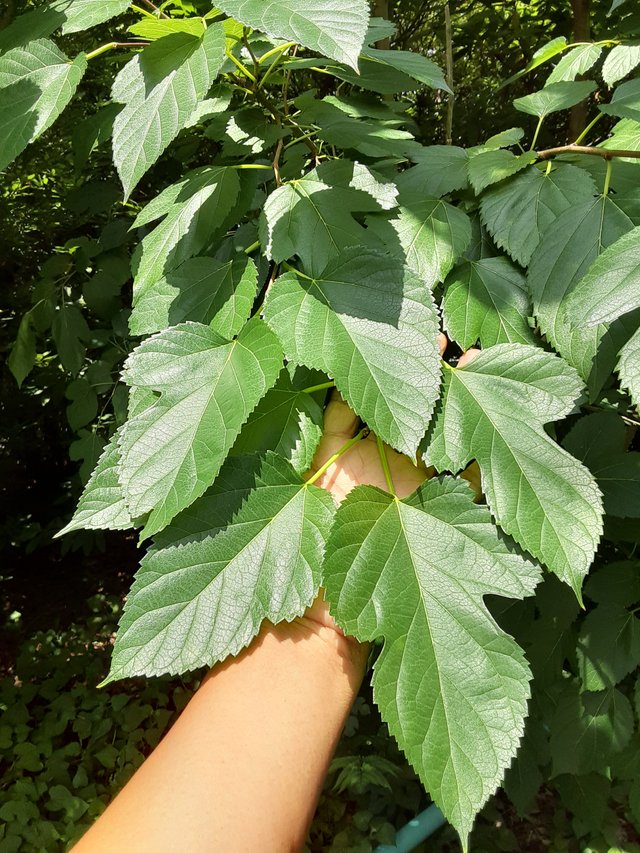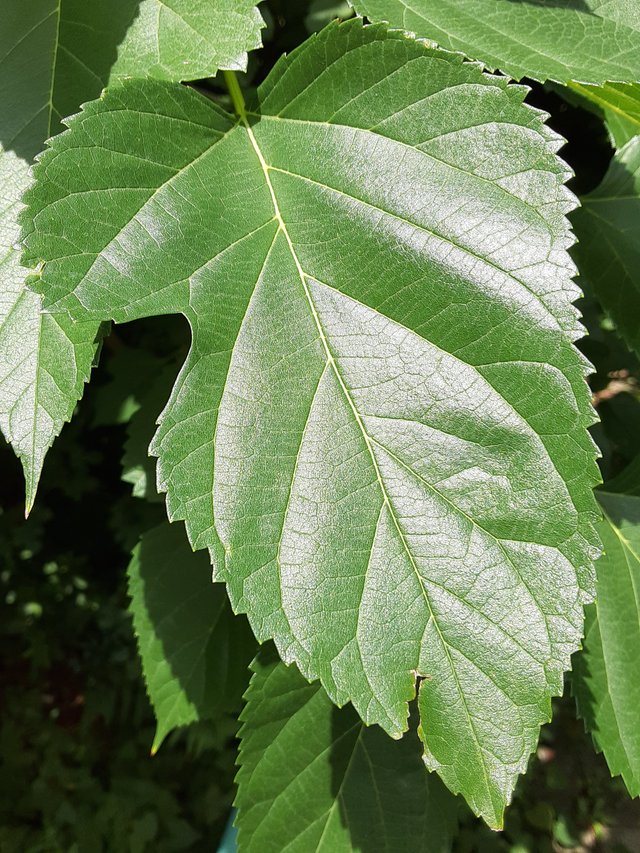
Morus alba, also known as the white mulberry, is a fascinating tree with a long history intertwined with human civilization. It's native to eastern Asia but has become naturalized in many parts of the world, gracing landscapes with its distinctive leaves and playing a vital role in the silk industry.
Leaves of Many Uses:
The most remarkable feature of Morus alba is undoubtedly its leaves. Young shoots boast large, deeply lobed leaves that can reach up to 12 inches long. These gradually mature into smaller, unlobed leaves with a characteristic heart-shaped base and serrated edges. But the beauty of Morus alba leaves goes beyond aesthetics. In Asia, they have been a culinary staple for centuries. They are prepared as tea, a refreshing beverage with potential health benefits, and even incorporated into traditional dishes like noodles and bean curd. Their nutritional value makes them a valuable source of vitamins and minerals.

The Silk Connection:
However, the most significant role of Morus alba leaves lies in their connection to silk production. The leaves are the sole food source for silkworms, Bombyx mori caterpillars. These caterpillars voraciously consume mulberry leaves, transforming them into the silk fibers that are then spun into the luxurious fabric we know today. The cultivation of Morus alba for silkworm rearing has been a cornerstone of Asian economies for millennia, and the white mulberry tree remains an essential part of the silk production process.
Beyond Silk and Food:
The uses of Morus alba extend far beyond silk and cuisine. The tree itself is a valuable source of timber, used in furniture making and construction. Its dense foliage provides welcome shade in warmer climates, making it a popular choice for parks and gardens. Some cultivars even produce delicious, white or purplish berries that are enjoyed fresh or dried.
A Tree of History and Versatility:
Morus alba is a testament to the deep connection between plants and human culture. Its leaves have nourished silkworms for centuries, fueled culinary traditions, and provided shade and sustenance. Whether you appreciate its historical significance, ecological value, or simply the beauty of its leaves, the white mulberry tree stands as a symbol of nature's remarkable versatility.
Ref.:
 |  |
Upvoted! Thank you for supporting witness @jswit.
Downvoting a post can decrease pending rewards and make it less visible. Common reasons:
Submit